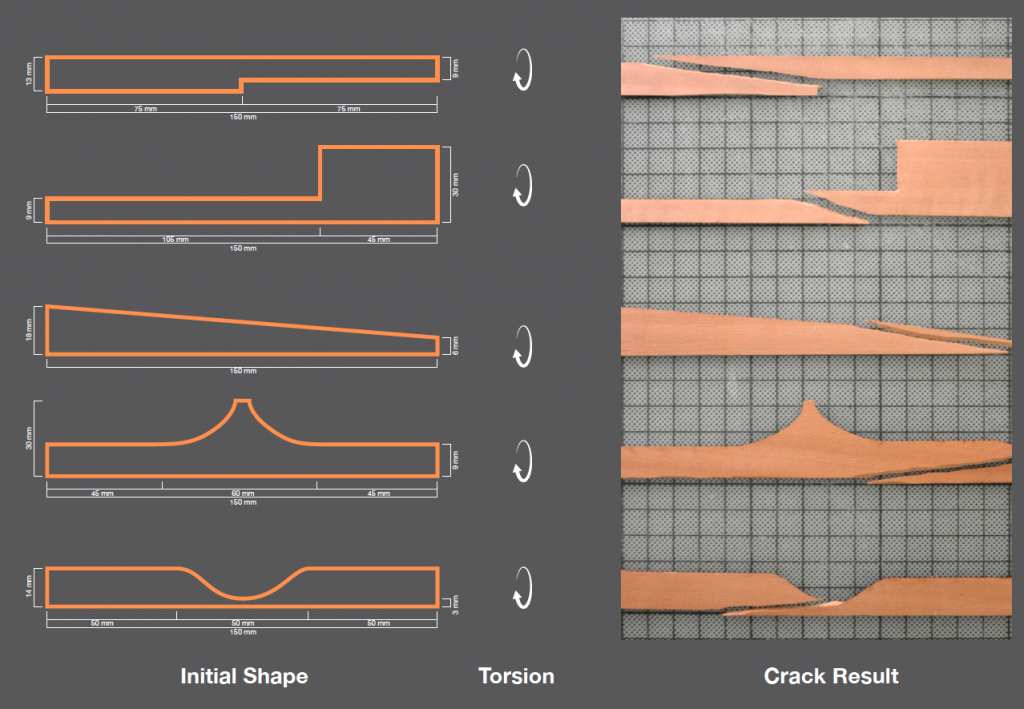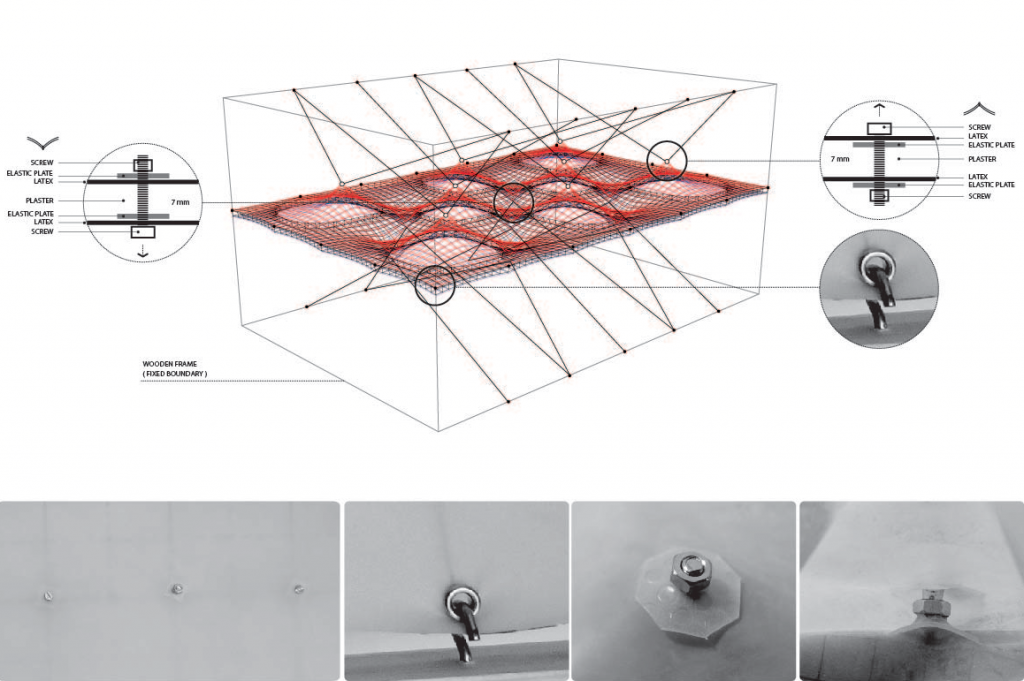Guest-Professor Mirco Becker, Staedelschule Architecture Class, Frankfurt/Main APD Blog
The Master specialisation Architecture and Performative Design (APD) at the Staedelschule Architecture Class is build on the premise that the world around us is working in processes. Getting an understanding of processes in general and developing a sensibility to think in procedural relations is the ambition of the programme.
It leads towards an approach in design that is centred around the construction of systems which are the mediator and enabler for creating architectural artefacts. This is a shift in what is generally considered intuition. Instead of acting directly on a given design one builds, changes and tweaks a underlaying system that not only delivers an architectural product but along with it a meaningful evaluation of the performance criteria considered.
These criteria could range from material, construction, manufacturing to environmental, technological and cultural factors. The performative value of an architectural design is conceived in its potential to orchestrate requirements so they lead to meaningful spatial and feature articulations.
The specialisation tries to find answers on how computational techniques as well as physical processes are changing the methodological and strategic make-up of architectural design. This could only be done by embedding projective and analytical loops into the work
2011-12 LAYERED MATERIALS AND BODILY PATTERNS IN SPACE
In 2012/13 APDs agenda maintains with an emphasis on material assemblies but shifts focus form cellular aggregation to layered build-ups. Firstly we try to challenge the bias in design computation that favor modular concepts. Secondly we see an advantage in better scaling possibilities of layered build-ups for architectural applications.
Performative design criteria and analysis will include structure, material properties, geometry, environment, ergonomic and occupational behavior. A special emphasis will be on the development of new spatial analysis and the simulation of user patterns.
We are mainly looking at the building-up of sheet material and multi material composites. From gaining an understanding of different material properties, connections, build-up techniques, and fabrication technologies we develop material assemblies that have the possibility to be highly specific in their performance.
2011-12 EXTREMELY HEAVY AND INCREDIBLY LIGHT – PERFORMATIVE ASSEMBLIES IN DYNAMIC ENVIRONMENTS
In 2011/12 the programme was jointly taught by Dr. Oliver Tessmann and Mirco Becker working on an agenda that coupled two systems tetrahedral geometry, exhibiting very different performative characteristics.
The body of design-research on assemblies addresses performance driven differentiation and part-to-whole relationships. It is framed by investigating two very different systems. Firstly, Topological Interlocking Assemblies, assemblies of solid parts where the structural integrity of the overall relies on each element being kinematical constraint by its neighbors. In the most narrow definition these parts are topologically identical and of convex shape, thus ruling out any mechanical jointing detail.
Secondly, Bell Kites, similar in topology but fundamentally different in performance these kites are made of clusters of tetrahedrons. Compared to the first system these structures are super light and their performance is dominantly driven by wind force rather than gravity.
EXTREMELY HEAVY AND INCREDIBLY LIGHT by
Papers of the research were published and presented at eCAADe 2012, Prague, Advances in Architectural Geometry 2012, Paris, CAADRIA 2013, Singapore


